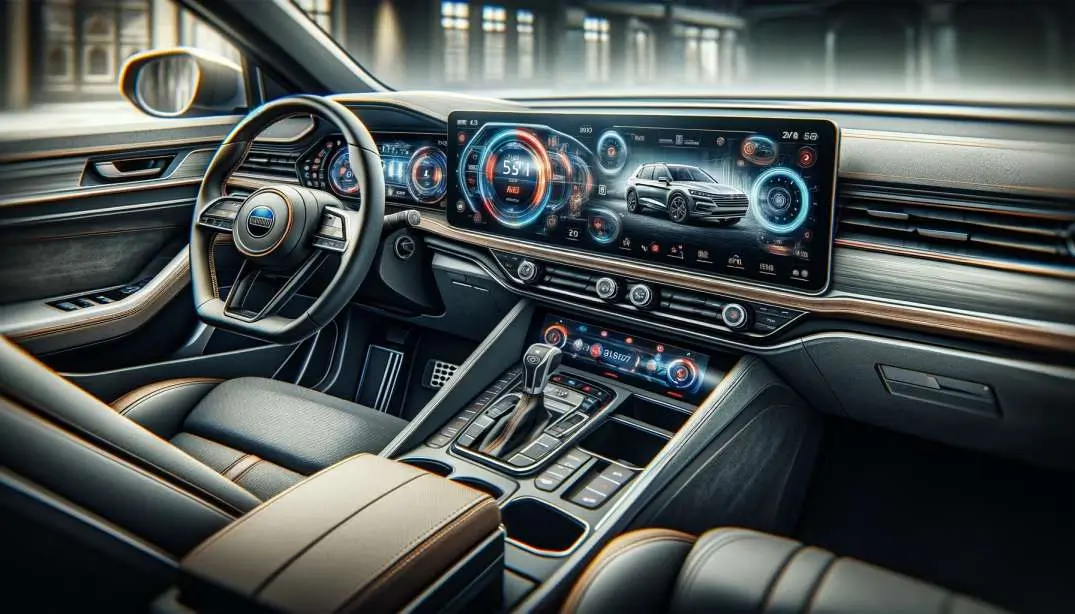If you’ve browsed your local car dealership lately, you might be wondering what is facelift in cars when you notice subtly updated models featuring refreshed styling or new features compared to last year’s version. In the automotive world, these minimally revised vehicles are known as facelifted models – but what exactly does that mean?
In this blog post, we’ll explore the meaning of the term facelift as it applies to cars. We’ll look at why automakers facelift models, how facelifts differ from redesigns, and what kinds of changes buyers can expect from a facelifted vehicle. Whether simply curious or car shopping soon, understanding what constitutes a facelift equips buyers to make informed decisions in the showroom and beyond.
What is Facelift in Cars
Facelifting also occurs for financial reasons. Fully redesigning model architecture demands greater investments in research, materials and factory retooling. Applying smaller-scale updates lets brands stretch existing platform lifecycles while offering consumers the latest amenities.

For car buyers, facelifts provide access to modern innovations and contemporary styling without needing to purchase an all-new model. For automakers, facelifting strikes an economical balance between recouping past investments in design while responding to market demands.
What Changes Occur During Facelifts
The term “facelift” specifically refers to visual changes refreshing a vehicle’s aesthetic. But minor facelifts often encompass powertrain updates or new technology features as well.
Typical facelift changes include:
Styling
- New front/rear fascias and grilles
- Revised headlight/taillight designs
- Body modifications – bumpers, vents, scoops
- New wheel offerings
- Fresh color/trim choices
Cabin Updates
- Latest infotainment systems
- New digital displays/instrument clusters
- Additional connectivity options
- Materials improvements

Powertrain Upgrades
- Improved engines – more power, better efficiency
- Transmission enhancements
- Hybrid or electric versions
Through these modest upgrades, automakers keep models feeling fresh at lower costs compared to clean-sheet redesigns.
How Facelifts Differ From Redesigns
When you think what is facelift in cars, you must know that while facelifted vehicles feature useful changes under the skin, more extensive top-to-bottom redesigns occur less frequently. Unlike quick facelifts, full redesigns demand lengthy development lead times and sizable financial outlays.
Key differences include:
Facelifts
- Light exterior reskinning
- Interior tech/materials updates
- Powertrain tweaks – improved tuning, hybrid option
- Leverage existing vehicle architectures
Full Redesigns
- All-new body, chassis and interior
- Longer design process – 5+ years
- Demands big investments in factories/tooling
- Opportunity to overhaul engineering
Simply put, facelifts polish a familiar formula while redesigns reinvent the recipe entirely.
What To Expect from Facelifted Vehicles
When considering a facelifted vehicle at the dealership, set realistic expectations around updated styling and features rather than wholly transformed driving dynamics or interior space. While facelifted models incorporate better tech, options and aesthetics, their foundations generally remain unchanged. Handling, dimensions and basic mechanical blueprint closely match the outgoing version underneath superficial nips and tucks. So this is we mean when we ask what is facelift in cars.
Savvy buyers view facelifts as opportunities to score discounts on nearly-new vehicles. Since updated successors grab attention with their sleeker styling and latest gadgets, dealers often sweeten purchase offers and financing deals on previous model years to motivate buyers and clear out remaining inventory.
Potential buyers can take advantage of these incentives to land better pricing or interest rates on a facelifted vehicle that still feels fresh and modern. While not radically reinvented under the sheet metal, facelifted models do receive meaningful upgrades that improve the ownership experience. By understanding what stays fundamentally the same during a facelift along with reasonable expectations on changes, shoppers can negotiate excellent terms on featured-packed vehicles.
Wrap Up
In summary, in reply to to the most commonly asked question ‘ what is facelift in cars ‘ one can assume that it refers to modest design changes refreshing a familiar vehicle’s style, features or powertrains without implementing a full-scale redesign. Facelifting allows automakers to economically enhance appeal and salability at shorter intervals than building next-gen successors from scratch.
For car buyers, facelifts bring welcome technology and appearance upgrades while maintaining the essential engineering established in prior model years. By understanding exactly what constitutes a facelift, consumers can evaluate subtle visual tweaks and added features when comparing trims on the showroom floor.
Now that you know precisely what is facelift in cars, you can shop smarter the next time freshened models roll onto dealer lots!








